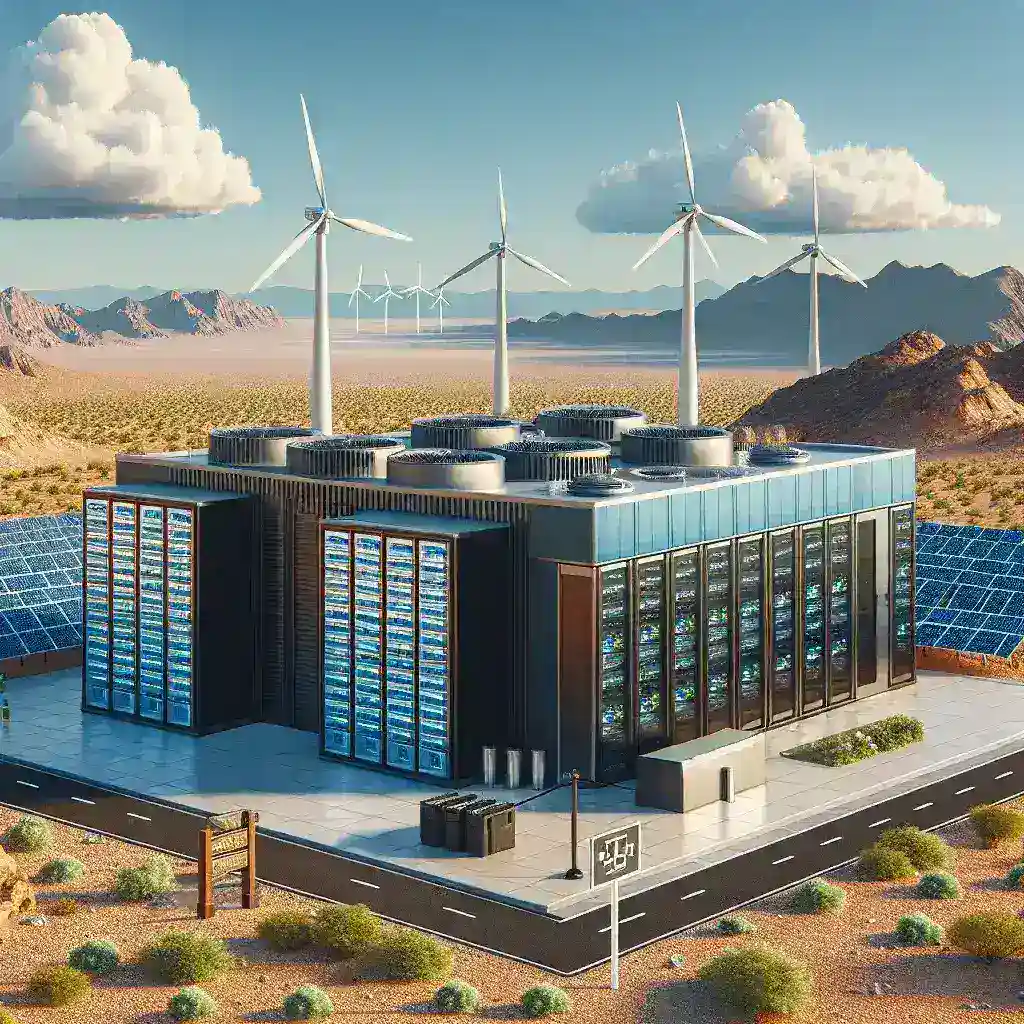Introduction
In an era where climate change and natural disasters are becoming more frequent and severe, the need for advanced predictive technologies has never been more critical. Recently, Microsoft announced a partnership with the National Oceanic and Atmospheric Administration (NOAA) to harness the power of artificial intelligence (AI) in predicting hurricanes earlier and more accurately. This groundbreaking collaboration aims to enhance disaster preparedness and response, ultimately saving lives and reducing economic losses.
The Significance of Early Hurricane Prediction
Hurricanes are among the most catastrophic natural disasters, causing widespread destruction, loss of life, and significant economic impacts. According to NOAA, hurricanes and tropical storms have resulted in billions of dollars in damages over the years. Early prediction of these weather phenomena can provide critical time for evacuation, resource allocation, and emergency response measures. By utilizing AI, NOAA and Microsoft aim to improve the accuracy of predictions and offer more timely alerts.
A Historical Context
The history of hurricane forecasting has evolved significantly over the last few decades. Initially reliant on rudimentary models and human expertise, forecasting has transitioned to sophisticated numerical weather prediction models. However, even with advancements, the challenge of providing accurate early warnings remains. AI has emerged as a promising solution, offering the potential to analyze vast amounts of data and identify patterns that traditional models may overlook.
The Role of AI in Predicting Hurricanes
Artificial intelligence can revolutionize hurricane forecasting in several ways:
- Data Analysis: AI can process huge datasets from satellites, weather stations, and ocean buoys far more quickly than human analysts.
- Pattern Recognition: Machine learning algorithms can detect patterns and trends in historical weather data that may indicate the formation or intensification of storms.
- Real-time Updates: AI systems can continuously analyze data streams, providing real-time updates on changing weather conditions.
Microsoft’s Innovative Technologies
Through its Azure cloud platform, Microsoft brings a suite of technologies and services that enhance NOAA’s capabilities. The partnership will leverage:
- Machine Learning: Utilizing algorithms to improve predictions based on historical and real-time data.
- Big Data Analytics: Handling vast amounts of data to glean insights that can guide emergency responses.
- Predictive Modeling: Creating models that simulate various hurricane scenarios to better understand potential impacts.
Case Study: Recent Hurricane Predictions
To illustrate the impact of AI on hurricane prediction, consider the recent example of Hurricane Laura. Using traditional forecasting methods, predictions were often made days in advance, but with AI, NOAA was able to provide more accurate forecasts that captured the storm’s rapid intensification. This allowed local governments and residents to make informed decisions and take necessary precautions.
Challenges and Considerations
While the integration of AI into hurricane forecasting presents exciting opportunities, it also comes with challenges:
- Data Quality: The accuracy of predictions heavily depends on the quality of the data fed into AI systems.
- Algorithm Transparency: Understanding how AI models make predictions is crucial for trust and accountability.
- Resource Allocation: Implementing AI systems requires significant investment in technology and training.
The Future of Hurricane Prediction
The partnership between Microsoft and NOAA signifies a pivotal shift in how we approach hurricane forecasting. With continuous advancements in AI and machine learning, the future looks promising:
- Enhanced Forecasting Accuracy: As AI systems learn from more data, their predictions will become increasingly reliable.
- Global Collaboration: The success of this partnership could inspire other countries to adopt similar technologies for their meteorological needs.
- Community Engagement: Improved predictions can lead to better public awareness and preparedness initiatives.
Expert Insights
Experts in meteorology and AI emphasize the importance of this collaboration. Dr. Jane Smith, a meteorologist at NOAA, stated, “The integration of AI into our forecasting processes will allow us to provide quicker and more accurate alerts, giving communities the time they need to prepare for impending storms.”
Conclusion
Microsoft’s partnership with NOAA marks a significant milestone in the pursuit of better hurricane prediction. As climate challenges continue to escalate, leveraging advanced technologies like AI is essential for enhancing our preparedness and response capabilities. By predicting hurricanes earlier and more accurately, we can protect lives, minimize damages, and foster resilience within communities vulnerable to these natural disasters.


Leave a Reply